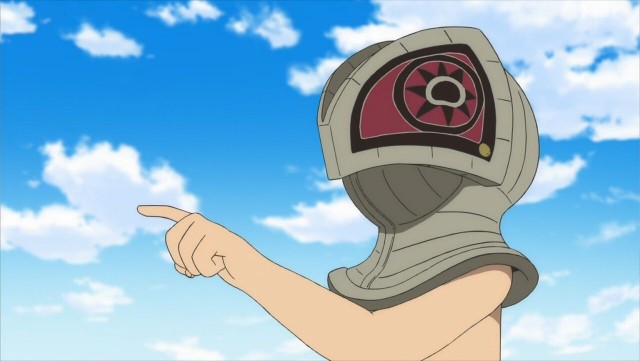"To Your Eternity" is an epic fantasy set in another world that raises and lowers the emotions of manga readers and anime viewers in amusing ways. The appeal of this story is undoubtedly the fascinating character designs and story progression that are brought to life by the author's overwhelming writing ability, but I think no one will disagree that the setting and personality of the protagonist, Fushi, make up a large proportion of the story. In this article, I would like to consider the source of Fushi's appeal, taking into account an introduction to the character.
The form Fushi acquired in the first season of the anime
Initial state: sphere
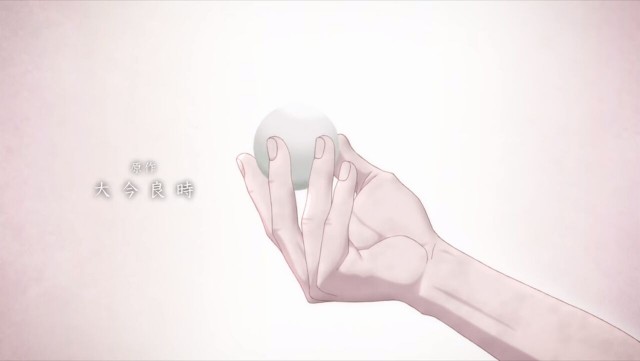
When he was thrown into this world by the "observer", he was just a "sphere". From there, the protagonist changes into various shapes and forms as he receives various stimuli... I have never seen or heard of such a setting anywhere else. The existence of a protagonist who can transform is rather common in the world of fiction, but it is still amazing that the "core" of the protagonist's existence does not waver despite the fact that he can "become anything". Even in this one respect, the extraordinary talent of the author, Yoshitoki Oima, can be seen.
Rock
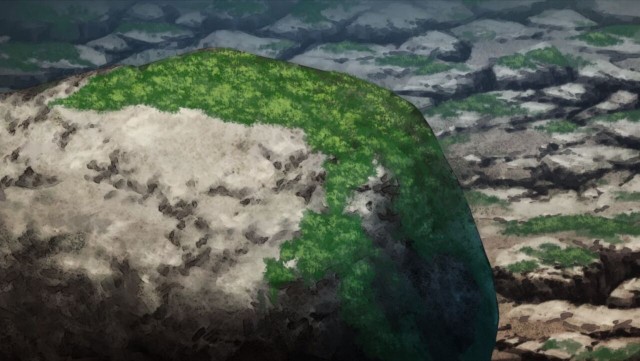
The next thing Fushi transformed from the ball was a rock covered in moss. However, I think it would have been better to think about where to throw the "observer" as well.
Joan

The first animal form Fushi acquired was the appearance of Joan, a red wolf who died on the rock into which Fushi transformed. His strong body, claws and fangs, high athletic ability and sharp sense of smell will be of great help to Fushi on his eternal journey. At the end of the third episode of the first season of the anime, when Joan said "Thank you," it was so destructive that I couldn't help but let out a strange voice saying "Kawaii!" Even if you're not a dog person, I'm sure many animal lovers will have their hearts captured by this.
Boy
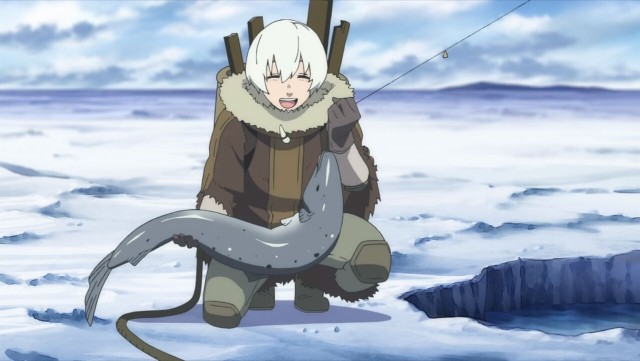
This is the form that Fushi feels is most "his own". Although he does not have any particularly outstanding abilities, I think that a boy of about 14 years old with silver hair and a well-groomed appearance is the most eloquent embodiment of Fushi's personality if it were to be made visible. When he was in Takunaha without transforming, he had become a young man who had gone through secondary puberty, and in the final episode of the first season, he was also shown to be in his 30s.
Oniguma
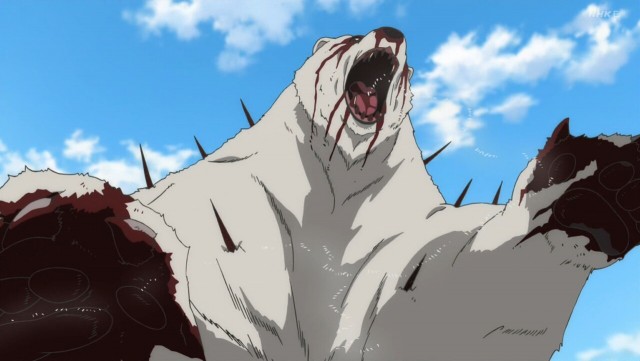
After the boy, Oniguma was the form Fushi acquired. When he transforms, he is constantly hit with intense pain all over his body, which suggests that the metal spikes protruding from his body are the result of attacks by human hands. The attack power unleashed by his huge body is the most powerful of all the forms Fushi can transform into. It was March who took care of Oniguma and shared his heart with him, but the fact that he acquired his form after touching his death probably means that there was something in common between Fushi and Oniguma.
March
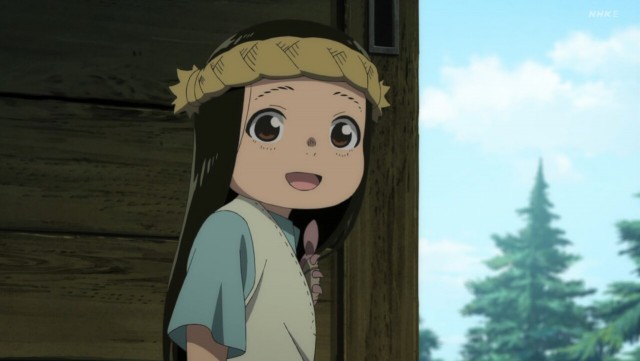
March's appearance is characterized by the agility that comes from her small body and her ability to climb trees and other climbs. The appearance of March, who took care of Fushi like a mother, is the highlight of the story of "To Your Eternity". There is no doubt that this event strongly directed the extremely difficult setting of Fushi's "gaining his appearance by touching the death of someone he shared his heart with". I also think that this work has confronted readers and viewers in the best way possible with the Spartan worldview in which "even children die mercilessly".
Googoo
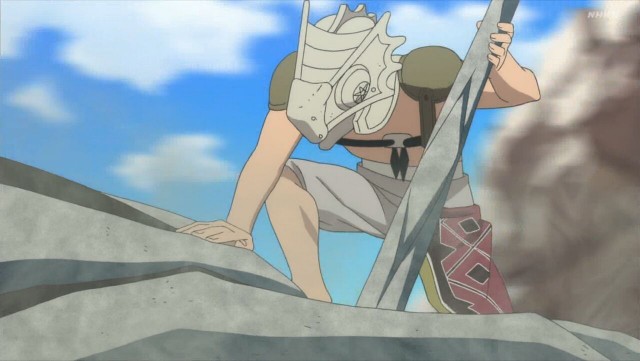
The great advantage of Googoo is that he can use fire attacks despite being human, and has excellent physical strength. However, I would love to know how he came up with such a cruel and dramatic idea to learn of the death of Googoo, who lived like a brother, in the middle of a battle with the enemy by taking on that form. Well, even if he were to tell us the secret, we would have no chance of competing with the foundation of our imagination, so I think that the best we can do is imitate Oima-sensei.
Mole
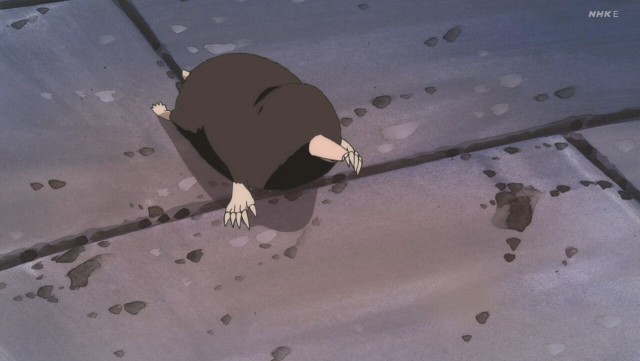
Although it was an appearance he acquired by chance, Fushi has been able to get out of many difficult situations by taking on this small mole form, so it has never been a waste of time to have acquired this form.
Parona
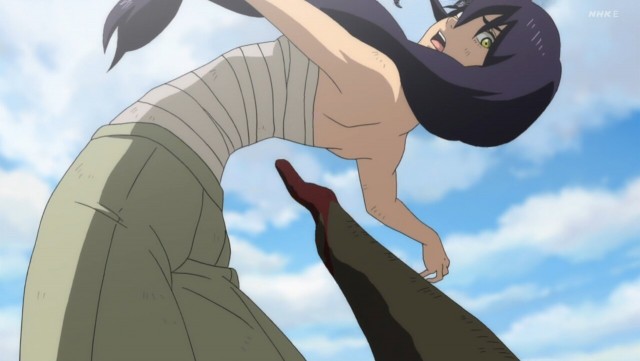
Parona's light and flexible form excels in mobility, maneuverability, kicking attacks, and bow abilities. Fushi took on Parona's form while fighting the second round against Berserker in the arena on Jananda Island. The battle with Berserker, who attacked with a blush on his cheeks, was a comedic relief, but Fushi was told that his death was brought to him as a "gift" by Hayase of Yanome, who he faced in the final battle, and he became enraged. This was probably the first time that Fushi confronted a human with clear murderous intent.
Afterwards, with the deaths of Upa, Mia, Uroi, and Pioran, Fushi also acquires those forms. He showed off his transformed appearance as the three people from Jananda Island in the final episode of the first season.
Exploring the source of Fushi's appeal as the protagonist
I'm sure there are few who would disagree that Fushi, who lives through the eternal passage of time while being tossed about by fate, is an appealing protagonist, but I've tried to analyze the reasons why we are attracted to Fushi.
Fushi's charm/reason No. 1: He is good
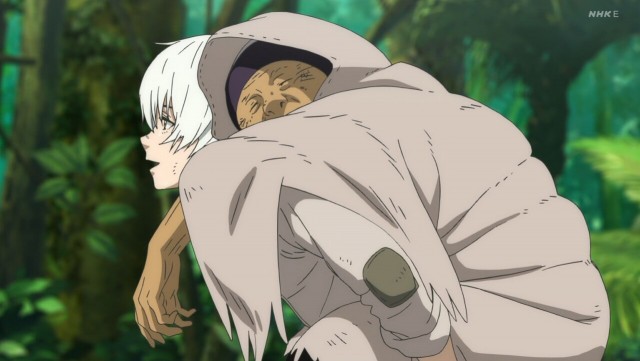
I think this is the charm of Fushi. Originally, Fushi was just a copy machine without any sense of good or evil, or even instincts, but he learned emotions, likes and dislikes, wisdom, humanity, and so on through retroactive learning. However, since everyone he came into contact with, such as March, Parona, Pioran, Googoo, Sake-jii, and Lean, were basically good people, Fushi's personality was also based on "goodness." If Yanome's Hayase had been the first to come face to face with Fushi, he would have been a terrifying, immortal killer machine with a personality based on distorted, self-righteous values.
Fushi's charm/reason #2: Weak
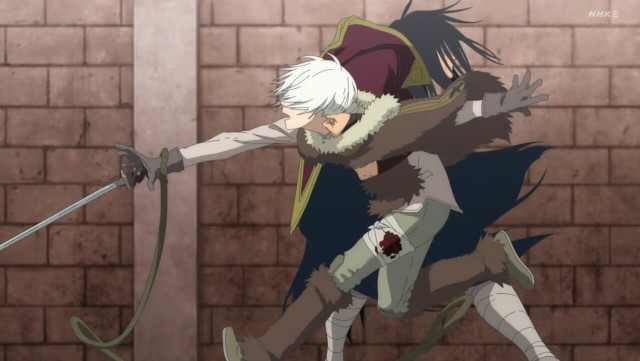
It may seem a bit blunt to say this (lol), but although Fushi is "immortal," he is not good at fighting. He fights using the physical strength and knowledge that his original form possesses when he transforms, so he never dies as a result of the fight, but he easily finds himself in situations where he is knocked unconscious or restrained, even when fighting against a mere human. I think this precariousness is also one of Fushi's charms. There's no need to use the Terminator as an example, but an opponent who can't be killed even if you shoot or cut them is a great advantage in combat, so it might be just right for the work to be this unreliable.
Fushi's charm/reason #3: He worries
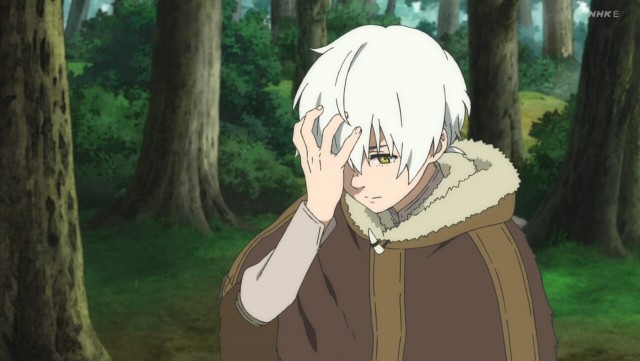
I think one of the elements that makes Fushi an attractive protagonist is that he himself worries about the meaning of his existence. Where did he come from and where is he going? Depicting how he values the limited lives of humans and continues to worry about himself, an existence that deviates from reason, is nothing but a clear indication that Fushi, a non-human being, is an existence on the same level as us. Rather, the true essence of Oima Yoshitoki lies in the restrained way he presents the protagonist as a life-sized being, rather than an invincible superhero, despite his abilities.
Summary
So, this time I have delved into the appeal of Fushi, the protagonist of "To Your Eternity," based on my own analysis. You may have different opinions, but I hope you will try to analyze for yourself why you felt that way. There are many ways to enjoy manga and anime, but I'm sure you will agree that at least this work, "To Your Eternity," has the structure and strength to take on such analyses by readers and viewers and easily subdue them.




